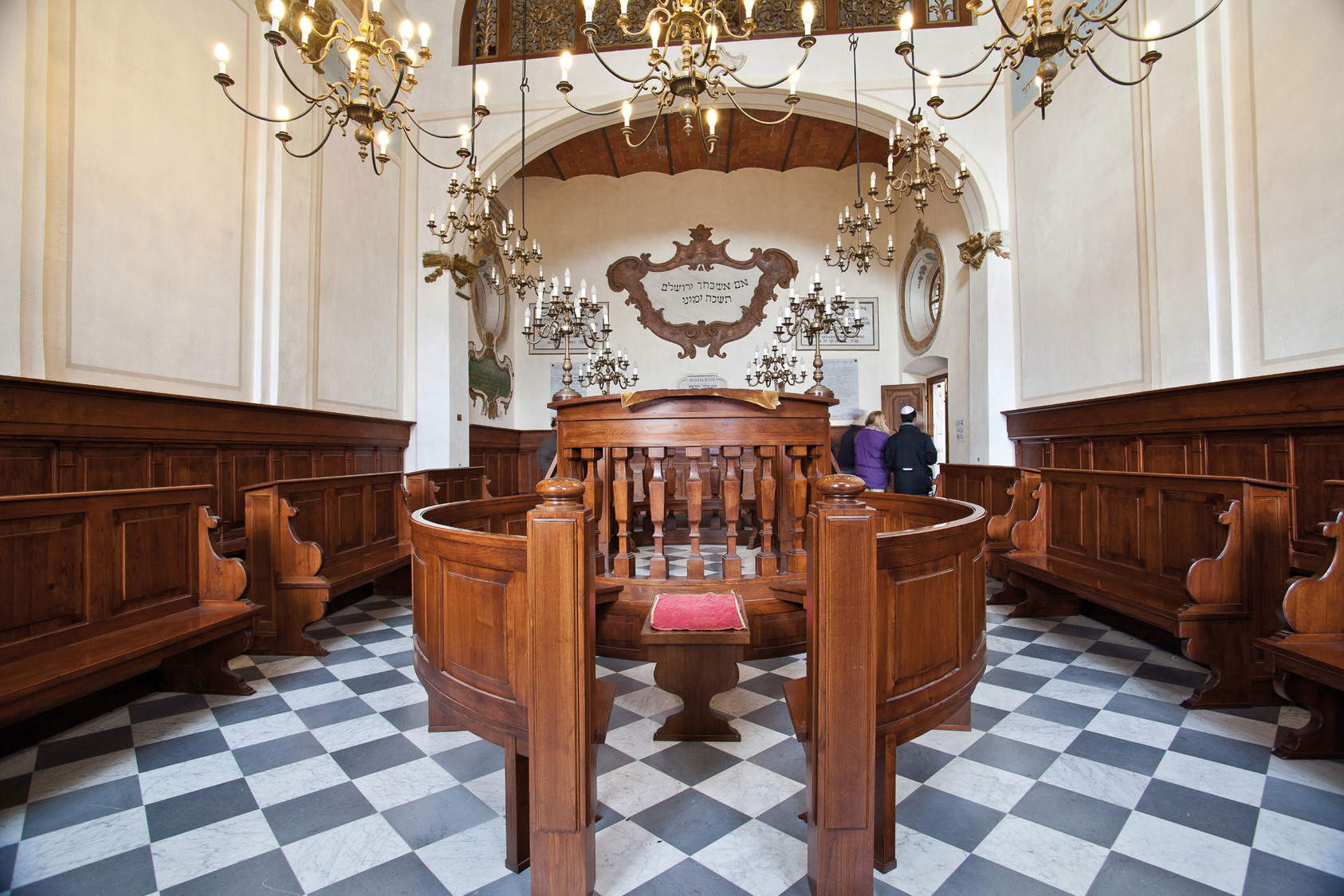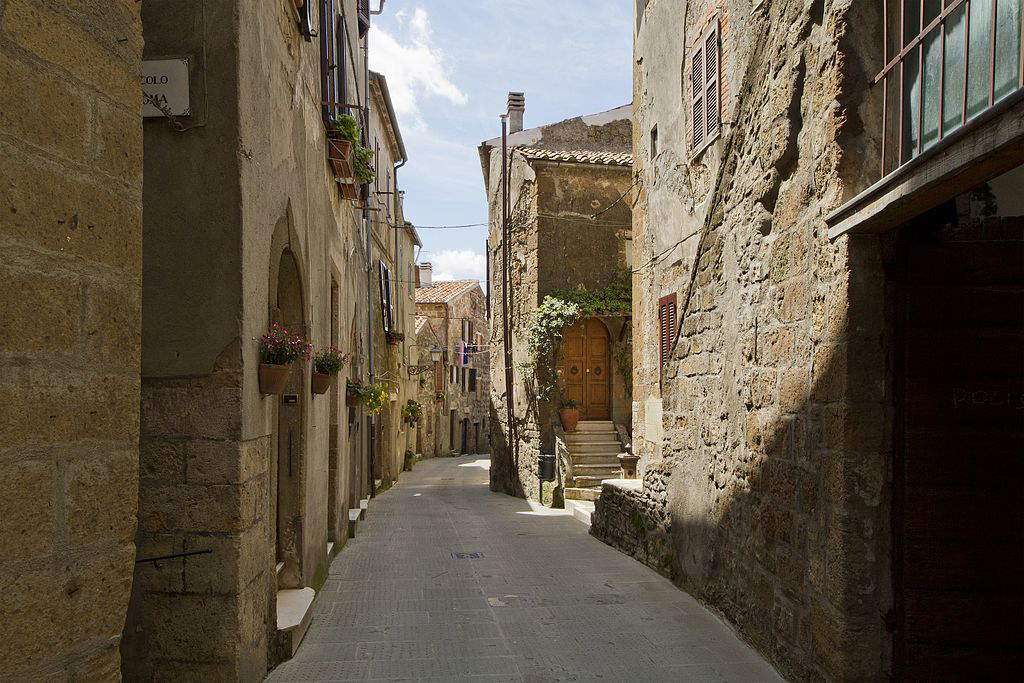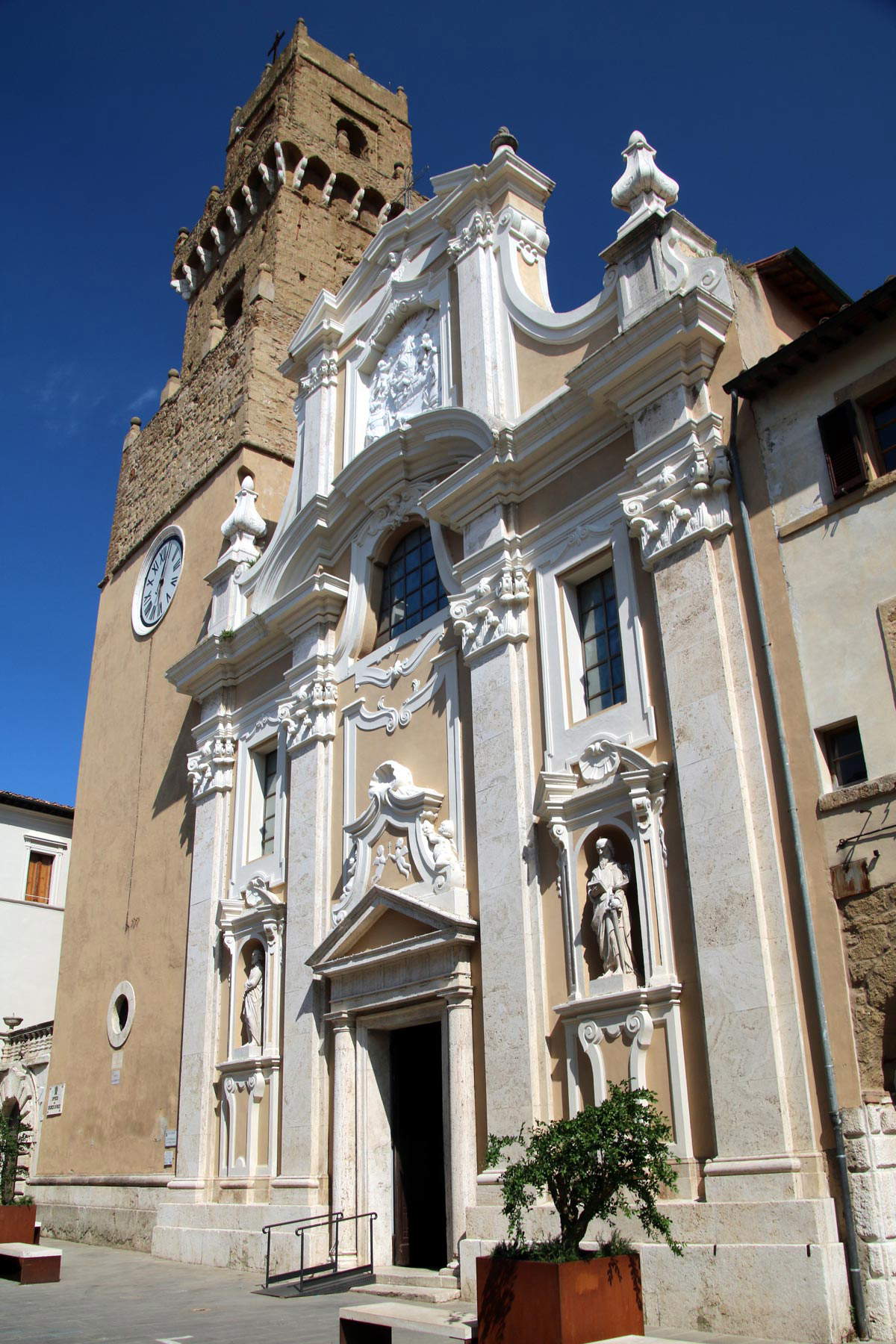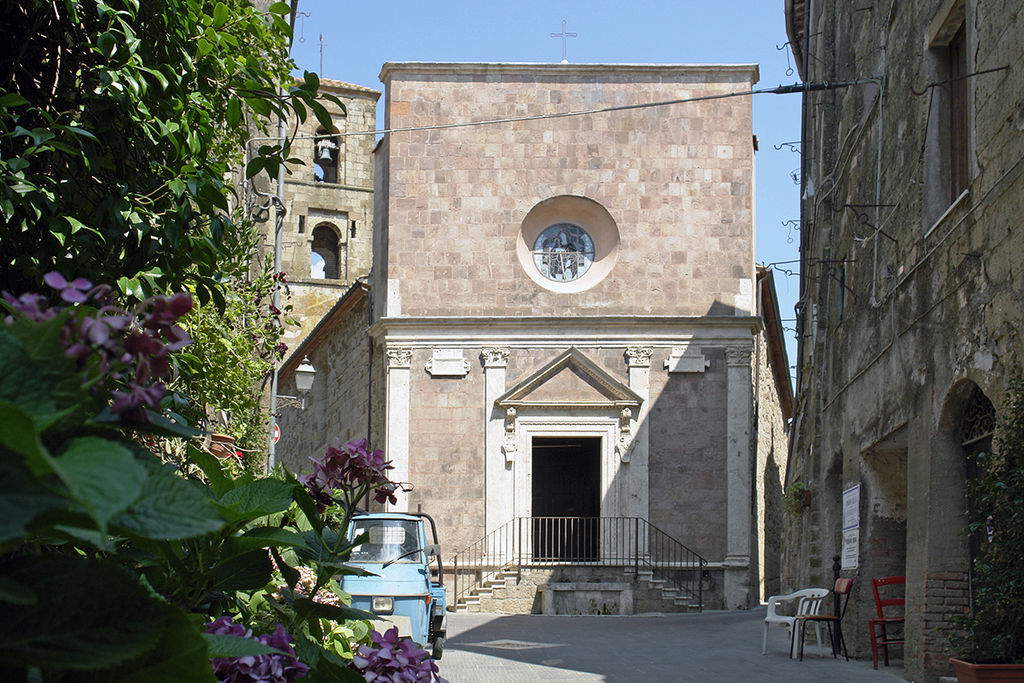The community of Pitigliano remembers with sorrow the year 1938, that of the racial laws. A sorrow that, of course, is felt by all of Italy, but which is particularly acute here, since, since the sixteenth century, this village that stands on a tuffaceous spur in the Grosseto Maremma has been home to a small community of Jews, who have always lived in complete harmony with the other inhabitants. In 1938, the Jewish community of Pitigliano had about 70 members, half of the Jews living in Maremma. It is the beginning of the end: some are deported to the nearby internment camp of Roccatederighi, from which convoys leave for Fossoli, which in turn serves as a concentration camp for sending Italian Jews to the concentration camps of Nazi Germany. Others, however, flee elsewhere never to return. Still others dispersed into the countryside to hide, being able to count on a dense network of solidarity set up by the people of Maremma, some of whom would later be named “Righteous Among the Nations” by Yad Vashem.
When the war ended, the Jewish community of Pitigliano, which had enlivened that historic center known to all as the “little Jerusalem” precisely because it was strongly characterized by their presence, had been almost completely wiped out: it still numbers only a few, although there is no shortage of projects to enhance their centuries-old heritage.
“A land situated singularly above a tufa rock in the middle of a narrow valley, with very fertile land, cultivated with vines and fruit, with few well-to-do, but there is a great number of Jews who have a synagogue there, and massai who make a traffic of pannine collo Stato del Papa; the people there are bold, querulous and quarrelsome.” so reads a report by Peter Leopold of Tuscany in 1773, which insists on the topoi that have historically accompanied Pitigliano. Namely: its incredible location, the fertility of its soils (and, in some continuity, the healthiness of the environment, to which the grand duke would return later, in another report: a very important element, in centuries when Maremma was a “bitter land” of unhealthy swamps), the poverty of its inhabitants, the presence of Jews.
 |
| View of Pitigliano. Ph. Credit |
 |
| Interior of the Synagogue of Pitigliano. Ph. Credit Museums of Maremma |
 |
| Via Zuccarelli, heart of Pitigliano’s Jewish ghetto. Ph. Credit |
 |
| Ghetto of Pitigliano, a gate in the shape of a Jewish candelabra. Ph. Credit |
But why this dense presence? One has to go back to the mid-sixteenth century, when Pitigliano was an independent county, a fief of the Orsini family, a border land between the Grand Duchy of Tuscany, the Duchy of Castro and the Papal State, and enjoyed several privileges, including being able to welcome (albeit with some restrictions) citizens of other countries who had been driven out of their territories. Restrictive measures issued by the Papal State in the 1550s and by Cosimo I of Tuscany in 1570 forced many Jews from those areas of’Italy to leave their lands, and since in Pitigliano they would have found a place where they could live and work in peace, here many of them found themselves converging on the Maremma village (where Jews may have been living from earlier times, but there were certainly not so many of them, and the origins of that presence are still to be discovered).
It was for centuries an industrious minority, which gave itself to banking, trade, and crafts. In these centuries, the Jews of Pitigliano, historian Renato Salvadori has written, "show a vitality and resourcefulness unknown to the goym, the non-Jews. They buy and sell textiles (pannine, as they used to say then) and all other kinds of merchandise, they become tobacco and paper contractors, they lend to interest in more or less legal forms, they tidy up second-hand clothes, they attempt the excavation of minerals, they plan manufactures, they act as tailors or shoemakers, they enter into contracts of soccida, they traffic in grain and foreign currency, they practice smuggling, they buy land, vineyards, houses, cellars, precious objects. In a word: they enrich."
Where to find their traces today of this community that, just before the Unification of Italy, had come to constitute about a quarter of Pitigliano’s population, while today only a few Jews remain, counting on the fingers of their hands? The journey through Jewish Pitigliano can start from the 16th-century Synagogue and the adjoining Jewish Museum, and then continue to the ghetto established in 1622 by the Medici, who took over after the fall of the Orsini family (the ghetto is the neighborhood that runs along today’s Via Zuccarelli), and then again the kosher cellar, the unleavened bread oven, the dry cleaners, and the Jewish cemetery. Tangible survivals are then found in the cuisine, and in particular in the typical local dessert, the “eviction.”
Catholic Pitigliano (also of strong traditions, also due to the fact that nearby, in Sovana, one of the most relevant popes of the Middle Ages, Gregory VII, was born), as well as the “institutional” Pitigliano, develop instead on the parallel axis, via Cavour, which then continuing takes the names of via Roma, via Generale Orsini and via Aldobrandeschi. Opening up at the beginning of Via Roma is the Piazza della Repubblica, the entry point to the oldest part of the village: here stands the austere Palazzo Orsini, which houses the Museum of Sacred Art. Inside, works by artists of the Sienese school (Jacopo della Quercia above all, but there is also a large representation of that important and underestimated seventeenth-century Sienese school that saw at its head the great Francesco Vanni, whose extraordinary Madonna of the Rosary with Saints is preserved in the cathedral), eighteenth-century canvases by Francesco Zuccarelli, among the most well-known Maremma painters of all time, a library with incunabula, and the reliquary with the arm of Gregory VII, a work the people of Pitigliano hold dear.
 |
| Orsini Palace. Ph. Credit |
 |
| The arches of the Medici Aqueduct. Ph. Credit Matteo Vinattieri |
 |
| The Cathedral of Pitigliano |
 |
| The church of San Rocco. Ph. Credit Hans Peter Schaefer |
Turning your gaze away, you encounter the arches of theMedici Aqueduct: the Grand Dukes of Tuscany wanted it in the 1730s. The exuberant late Baroque façade of the Cathedral, dedicated to Saints Peter and Paul, is a little further on: tripartite, with sections marked by imposing pilasters, richly stuccoed, and closed by a high tympanum with a Carrara marble bas-relief with the Virgin Assumed in the center and Saints Rocco and Francis on either side. Continue on, and we come to the small oratory of San Rocco, which now appears to us in its elegant Renaissance guise, with a very neat and geometric façade, but which actually dates from the 12th century and is probably the oldest church in the historic center of Pitigliano. Continuing on, Via Aldobrandeschi ends with a panoramic terrace from which one can enjoy the view that this steep tuff cliff offers of the surrounding valleys. And the uniqueness of these landscapes has long been known. Not only had the aforementioned Peter Leopold spoken of this “airy, breezy” and healthy land on the occasion of his trip: it will be worth taking up the words of the famous geographer Luigi Vittorio Bertarelli who, in his guide to Central Italy published in 1923, spoke of Pitigliano, “springing up on the high tuff bank completely isolated,” as a “fantastic apparition in the tranquility of the landscape.”
Article written by the editorial staff of Finestre sull’Arte for UnicoopFirenze’s “Toscana da scoprire” campaign
 |
| Pitigliano, the little Jerusalem "fantastic appearance in the tranquility of the landscape" |
Warning: the translation into English of the original Italian article was created using automatic tools. We undertake to review all articles, but we do not guarantee the total absence of inaccuracies in the translation due to the program. You can find the original by clicking on the ITA button. If you find any mistake,please contact us.